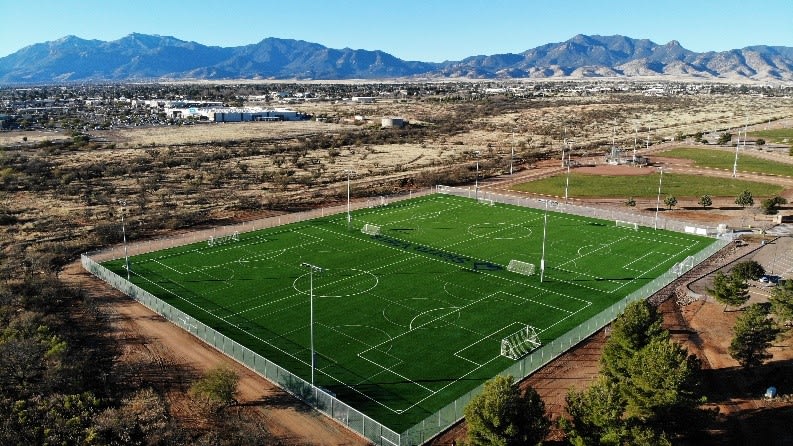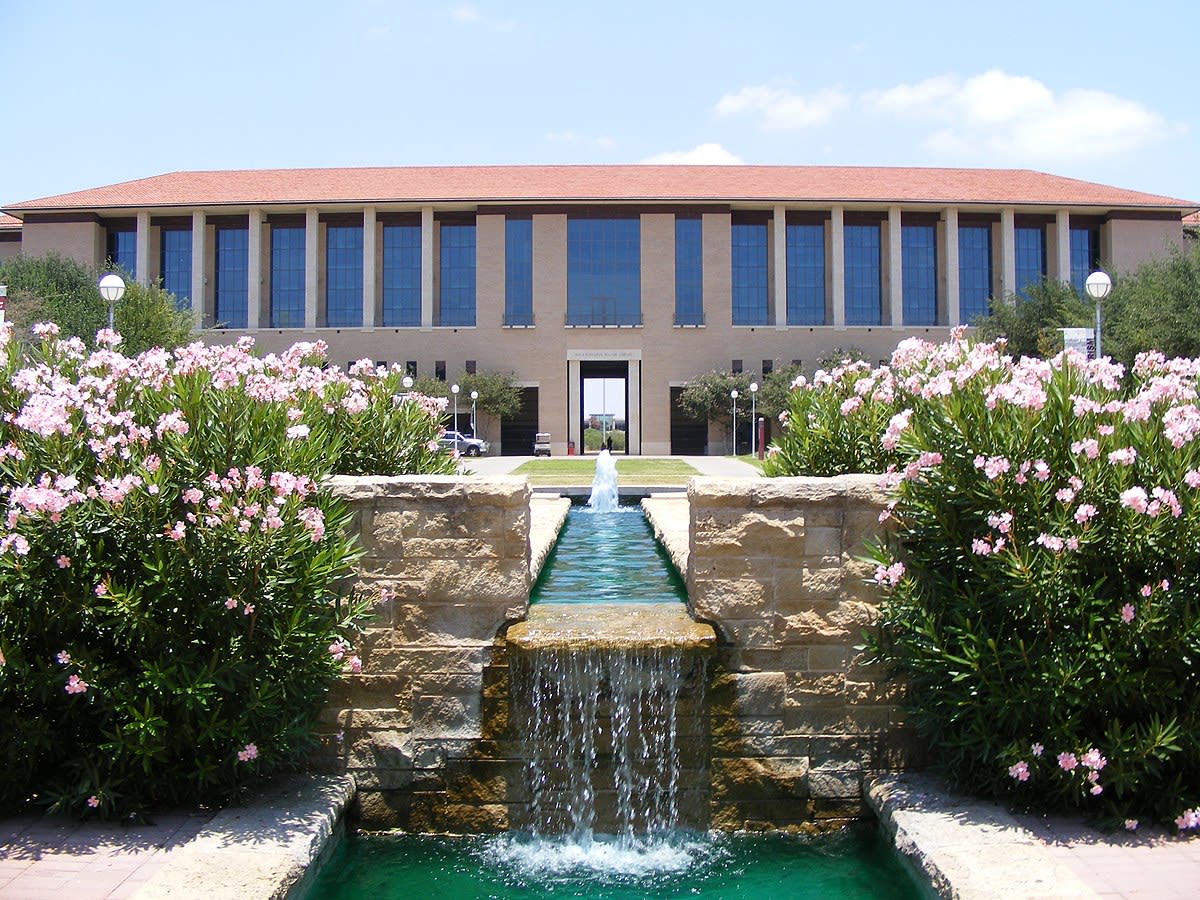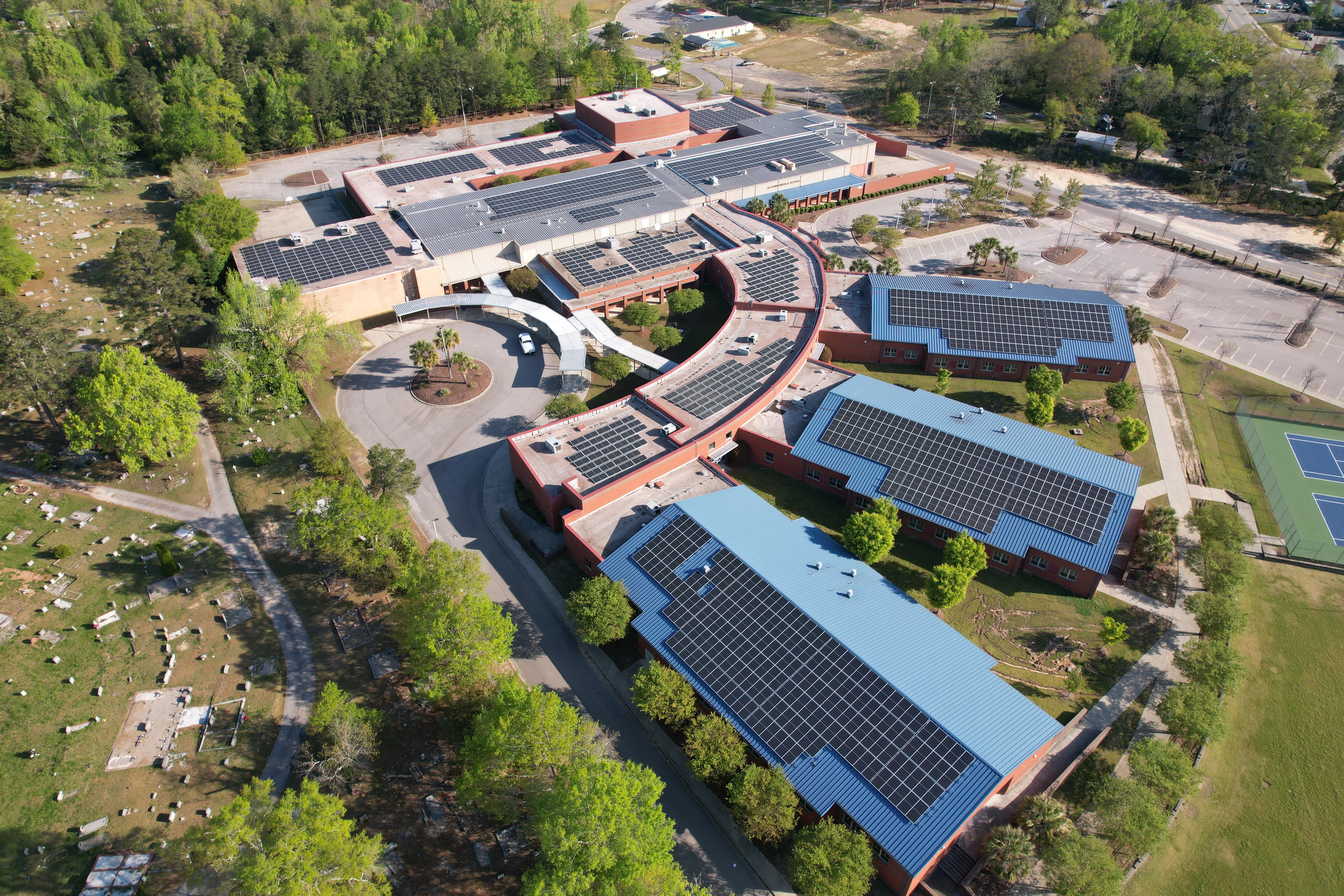Q&A with Energy Managers: Capturing Energy Efficiency to Do More with Less
How public sector energy and facility leaders are taking control of operational costs to achieve financial resilience and expand community impact.
Rising energy costs, aging infrastructure, and economic uncertainty are straining public sector budgets like never before. From higher education institutions to local governments and school districts, public sector leaders are under pressure to maintain financial stability while continuing to fund critical community programs and capital improvements.
In this landscape, public sector energy and facility managers are stepping into a strategic role—finding innovative ways to reduce operational costs, unlock new funding sources, and create energy savings that can be reinvested into initiatives that strengthen community impact.
In the stories that follow, you'll hear from three facility leaders at K-12 districts, universities, and municipal governments who are not only safeguarding their organizations’ financial resilience but also expanding their impact on the communities they serve.
City of Sierra Vista, AZ
 Beginning in 2020, Laura Wilson, Director of Leisure and Library Services for the City of Sierra Vista, helped spearhead transforming the city’s portfolio of athletic facilities.
Beginning in 2020, Laura Wilson, Director of Leisure and Library Services for the City of Sierra Vista, helped spearhead transforming the city’s portfolio of athletic facilities.
By integrating the project into Sierra Vista’s larger city-wider energy modernization initiative, Wilson was able to fund these upgrades with lower upfront costs. The result is a revitalized sports complex that not only meets the needs of the local community but also strengthens the city’s financial resilience and economic opportunity.
Why did the City of Sierra Vista choose to do this renovation to the sports complex?
Our sports fields required some significant improvements due to continuous usage by our extremely active sports community. Identifying funding opportunities to make the necessary repairs was challenging. Tying these projects in with an Energy Performance Contract gave us an opportunity to deliver optimal results for our regular users while also providing extraordinary tournament options in southeastern Arizona.
The improvements provide 24/7 access, 365 days per year, by eliminating the need for annual closures for field rehabilitation. They also reduce staff time and materials needed for maintenance and field lining prep, while reducing water usage and energy consumption.
Best of all, the renovated sports complex creates many opportunities for partnerships throughout our region and beyond that can bolster efforts to attract new tournaments, visitors, and dollars to Sierra Vista.
How does a project like this one impact the community?
I think having well maintained and environmentally-conscious facilities helps the City foster a sense of pride in our community felt by local residents and business owners. We hope these improved facilities will help our residents enjoy an active lifestyle year-round, create new community partnerships, and bring visitors to our area who will enjoy our local restaurants, bars, hotels, and businesses, which will bolster the City’s sports tourism efforts.
Sierra Vista’s infrastructure modernization initiative is expected to produce $138M in positive economic impact over the next 20 years. Hear the full story here.
Texas A&M International University
 Since 2018, Trevor Liddle of Texas A&M International University (TAMIIU) has led a series of resource conservation initiatives that have reduced campus-wide utility consumption by an impressive 33%. These initiatives include comprehensive energy efficiency improvements, water-efficient fixtures, drought-resistant landscaping strategies, and extensive interior and exterior LED lighting upgrades.
Since 2018, Trevor Liddle of Texas A&M International University (TAMIIU) has led a series of resource conservation initiatives that have reduced campus-wide utility consumption by an impressive 33%. These initiatives include comprehensive energy efficiency improvements, water-efficient fixtures, drought-resistant landscaping strategies, and extensive interior and exterior LED lighting upgrades.
TAMIU’s latest collaboration with Schneider Electric will expand operational savings through advanced energy management and capital planning software, plus on-site support from Schneider Electric.
How has your partnership with Schneider Electric evolved over time to support long-term financial resilience and operational efficiency?
TAMIU and Schneider Electric have enjoyed a long term partnership centered around a shared vision to reduce our reliance and improve our stewardship of natural resources, foster environmental awareness, and improve the quality of life for our community.
Our partnership [with Schneider Electric] began in 2018 with a Phase One energy efficiency project. Over the next 20 years, our Phase One project will be entirely self-funded with $17.9 million in guaranteed energy savings.
Our latest project was an Energy Management-as-a-Service solution combined with an Operations Management, Repair, and Replacement program for our central plant and our central utilities. This groundbreaking initiative has enabled us to implement more resilient energy infrastructure.
How has this partnership helped you integrate sustainability into both campus operations and student learning experiences?
Collaborating with Schneider Electric was not just about making upgrades— it was about transforming our campus operations with a master plan that takes a holistic view.
One of the things I am most proud of is our behavioral modification program, Conserve My Planet IGNITE (CMPI). By integrating curriculum, events, and communication, CMPI transforms the entire campus into a dynamic classroom and living laboratory. Our students can gain hands-on experience tackling global challenges, preparing them for future opportunities and success beyond graduation.
TAMIU is set to save 121.5 million kWh through its energy efficiency measures, as well as more than 24.8 million gallons of water annually. Learn more about our long-term partnership here.
Richland School District One
 Richland One School District began working on a district-wide energy efficiency and capital improvement project in partnership with Schneider Electric in 2020.
Richland One School District began working on a district-wide energy efficiency and capital improvement project in partnership with Schneider Electric in 2020.
Over five phases of work, Richland One has been able to significantly reduce operational expenses across the district's 52 campuses and unlock funding for future improvements.
Miles Hanley, the now retired Energy Manager for Richland One, had this to say about the far-reaching project in a local news interview:
“Any money that we save from utility bills, it goes right back into the district, which helps to educate students. This [project] gave us an opportunity to address some of those facility needs that we could not address just from our capital funds.”
In 2023, Richland One completed the next phase of their energy transformation: installing 8.7MW of rooftop and carport solar panels to offset energy consumption at the 15 district campuses with the highest power usage.
“People that know me know I’ve been pretty passionate about [the solar project],” said Hanley. “I want Richland One to be recognized as a school district that is a good citizen of the environment and a good citizen of the world.”
In the project's official announcement, Hanley shared further details: “Our new onsite renewable energy generation program accomplishes several things for the district. 1) It enhances our student’s learning environments. 2) It transforms our budget outlook in a very positive way for years to come. And 3) Provides a STEM educational platform for our students and community.”
This award-winning energy and infrastructure initiative saves Richland One $3.4 million in annual costs. Learn more about their exciting work here.
For organizations looking to explore how Schneider Electric’s solutions can transform their operations, visit our Public Sector page.